Taking Measure
Just a Standard Blog

I’m a millennial, lol, which according to the Merriam-Webster Dictionary means I’m a “person born in the 1980s or 1990s.” To me, being a millennial means belonging to a cultlike group within a large population of present-day wannabe-adults for whom seemingly arbitrary words like Rugrats, Dunkaroos, Charizard, Spice Girls and “It’s Morphin’ Time” can spark extreme nostalgia and reboot our brains back to the golden days of real pop culture. Like many other “90s kids,” I grew up raising my Tamagotchis, scraping my knees because I refused to wear lame knee pads when rollerblading, transforming my Transformers, and terrorizing my sister with Ninja Turtles action figures.
Sadly, the majority of these millennial kid things didn’t pass the test of time to transcend generations, except Lego bricks … and maybe Pokémon. What do I mean by transcending generations? Let’s just say I can have a full-blown conversation with a modern day 8-year-old regarding these two topics (stop judging!). As a matter of fact, Legos have been around since the 1950s, thus even the Boomers and Gen Xers reading this should experience some flutters. So what is it about Legos that is so attractive? On the surface, each brick is pretty mundane, but the replay value of a big box of Legos can keep any kid occupied for — shall I say — decades. I spent my youth building structures out of Legos. Then I grew up and spent my adulthood … building structures out of Legos. (I know there are a lot of you out there reading this who can relate.)
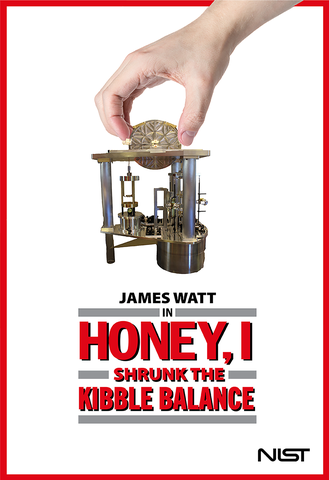
I remember it was a cloudy (with a chance of meatballs) day back in 2013 when my then division chief Carl Williams entered our lab where we were building the NIST-4 Kibble balance, an ultraprecise machine for directly measuring a kilogram mass standard in terms of the Planck constant — a rather wonky number found in quantum physics linking the energy of a photon to its frequency. OK, now back to the fun stuff. Carl suggested that our team should build a miniaturized Lego version of our 2.5-meter-tall beast of an instrument to aid in demonstrating the simple yet elegant Kibble principle for educational outreach purposes. This idea was inspired by the emeritus director of the International Bureau of Weights and Measures (BIPM), who built a toy version at home with his young grandson to explain the engineering and physics behind the instrument. Our entire team didn’t know how to react to these marching orders. We put on our best poker faces in an attempt to impersonate serious adults, but as soon as Carl left we began to play, oops, I mean “work.”
Step 1: Order Legos. Not so fast: a purchase order for toys using taxpayer money? The powers that be were confused and skeptical … which meant additional, obscure paperwork to explain why these toys weren’t toys but were, in fact, valid scientific tools.
Step 2: Harness inner child and start stacking bricks. ♪ Everything is awesome ♪.
Step 3: Do adult stuff like wind electromagnets and program electronics to control the Lego Kibble balance. Then do more adult stuff like characterize this no-longer-toy-but-rather-scientific-instrument and publish the results in a peer-reviewed journal.
During the writing phase of Step 3, the lead physicist of our team, Stephan Schlamminger, who by the way is a big fan of beautiful instruments and open-source everything, pushed us to generate an appendix to the paper that consisted of a comprehensive list of all the Lego bricks and other Inspector Gadget gizmos we used to build the model, just in case any nerds out there cared enough to replicate our widget. (Spoiler alert: They did!)
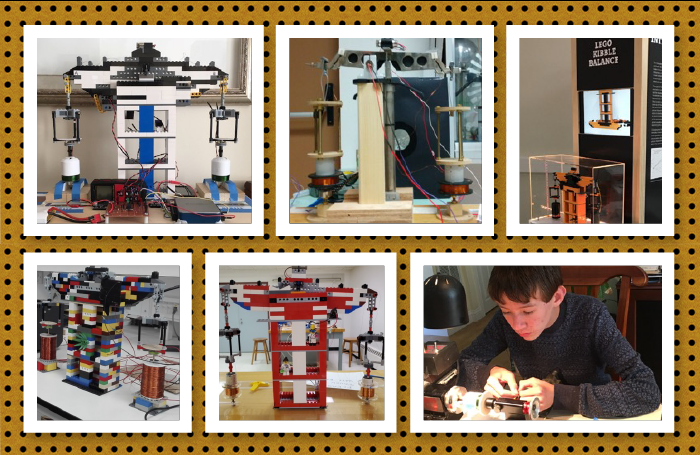
The American Journal of Physics not only accepted our manuscript, they splashed it onto the cover. We also got to film a silly infomercial-style video on the Lego balance. With these two science communication vehicles in place, the balance quickly reached 2001 Britney status, and technical media outlets were reporting on the apparatus. Simultaneously, students, teachers and professors began building their own Lego balances based on our parts list, letting their inner child resurface, all while honing their metrology skills. Even the BIPM has a NIST Lego balance in its display room!
I am boasting, but for a reason. Sometimes, we as metrologists are so deep in our own rabbit holes measuring the ninth decimal place of the Planck constant that we lose sight of surfacing to inspire the next generation of measurement scientists. Thus, always remember to eat healthy, drink water, and devise engaging ways to demonstrate your astounding experiments to the general public, Legos mandatory, obviously.
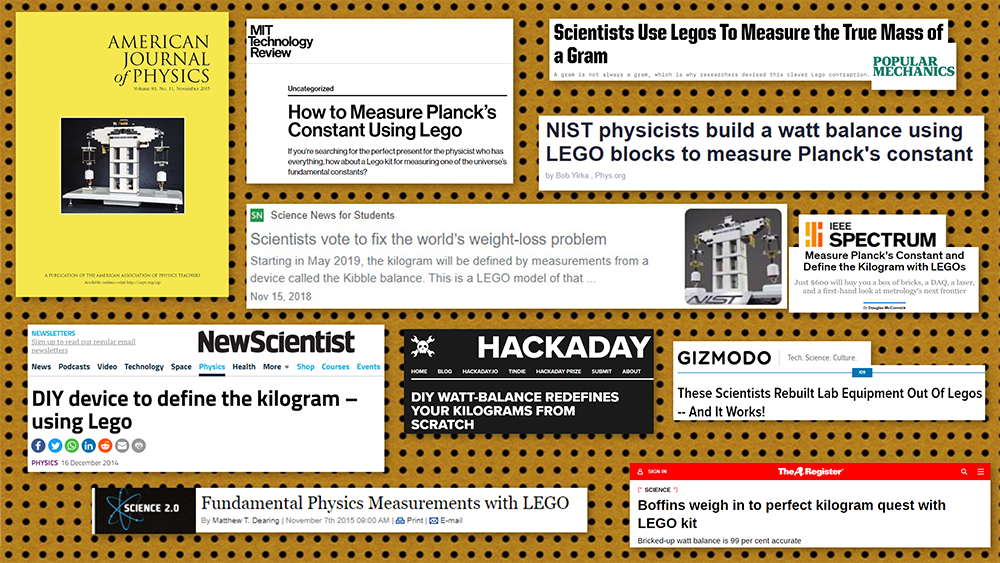
The Lego balance subconsciously planted a seed in our brains for expanding this tabletop instrument effort. Could we trick out this pseudo-toy and develop a metrology-grade instrument that would help get this technology into the hands of calibration labs all around the country? Only one way to find out:
♪ 4, repeat steps 1 through 3 ♪: Ditch the Legos, unfortunately, and do it all over again except this time using more high-tech components.
Enter KIBB-g1.
KIBB-g1 was the first-generation tabletop Kibble balance, which could directly realize (metrology terminology) gram-level masses to six digits, which means if you place a raisin onto the balance, it could tell you whether it’s 1.000000 or 1.000005 grams — without, drumroll, reference to artifact calibration weights. This tabletop version caught the eye of my colleagues in the NIST on a Chip (NOAC) program. Though mass metrology isn’t currently chip scale — and may not ever be — we had managed to shrink the Kibble balance in size by orders of magnitude to live on a table. The size reduction was enough for the NOAC program to add us to its roster, which meant visibility with its development partners, including the Department of Defense.
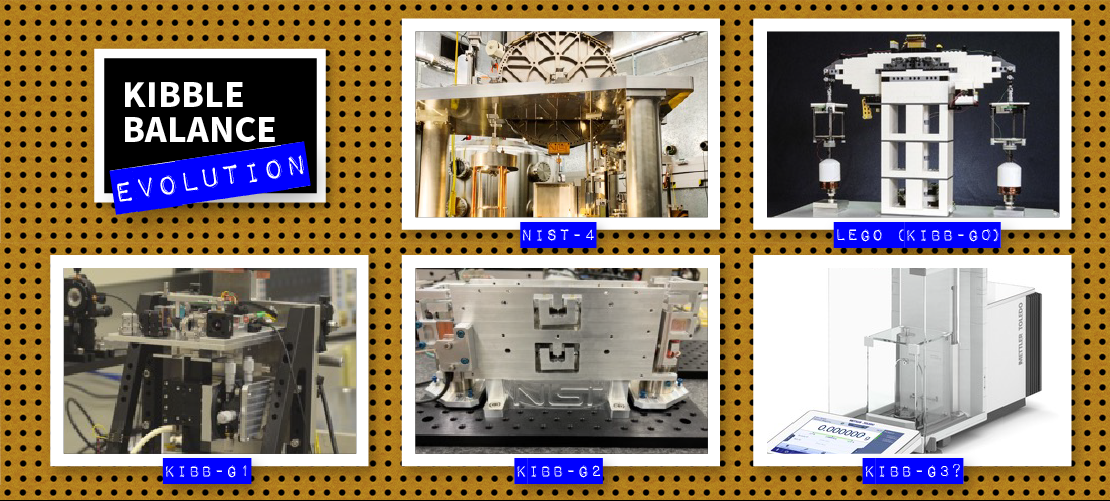
Fast forward to today. We have formed collaborations with the U.S. Army to develop KIBB-g2, a second-generation tabletop Kibble, as well as with the U.S. Air Force to develop a Kibble-based torque standard, but that’s another story for another day. Along the way we’ve become buddies with the folks in the NIST Technology Partnerships Office, who have been a great help in navigating us through our ongoing hunt for an industry partner to commercialize these two instruments. In the long run, commercialized versions of these two projects could severely reduce the inefficiencies associated with the current infrastructure for mass and torque metrology. Which means one day you just might see a Kibble balance right there at the deli meat section of your local grocery store, next to the Lunchables.
The path ahead of us to modernize the mass and torque metrology landscape using Kibble balance technology is arduous but nonetheless worth adventuring down. As I sit at my office desk and I look behind me, I see a Lego balance on the windowsill, a constant reminder to dream big and that a fun side project can indeed snowball into (hopefully) world-changing technology.
Stay inspired, my friends.


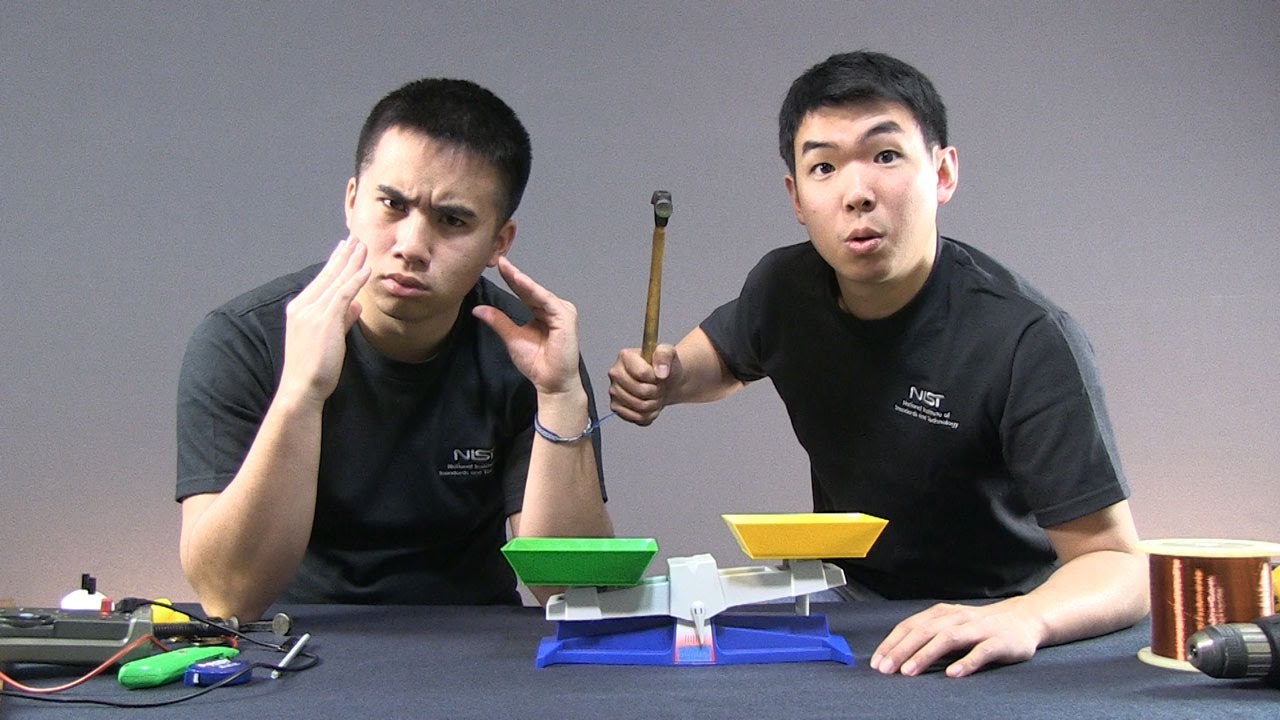




My kids are probably your age. They grew up on Lego. Lego Mechanic, Lego Electric, Lego Pneumatic, added to general purpose Lego sets. I enjoyed that immensely, with them. Many of the blocks still remain for my grandson to play with. However, when I look for legos for my grandson now, it appears that Lego sets have now become more “thematic”. I preferred the general purpose approach in 1980s.